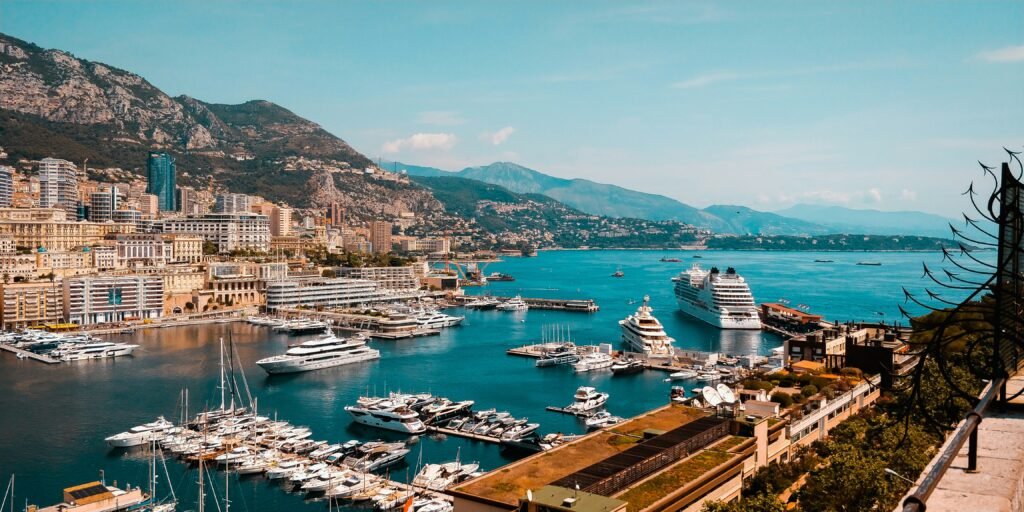
Monaco, a tiny sovereign state nestled on the French Riviera, boasts a reputation as a playground for the world’s wealthiest individuals. Superyachts line its glamorous harbor, luxury cars zoom through its narrow streets, and designer boutiques cater to an extravagant clientele. But how did this small principality, once a humble fortified town, transform into a haven for the rich and famous? This article delves into the fascinating history that shaped Monaco’s unique status.
The story begins in the late 13th century with the arrival of the Grimaldi family. In 1297, Francesco Grimaldi, disguised as a Franciscan monk, captured the fortress that now forms the heart of Monaco. This audacious move laid the foundation for the Grimaldi dynasty’s rule over the principality. However, Monaco’s early years were precarious, marked by struggles with neighboring powers like Genoa.
By the mid-19th century, Monaco faced a financial crisis. Its traditional sources of income, such as olive oil production and citrus exports, were declining. Prince Charles III, a forward-thinking ruler, recognized the need for a drastic change of course. In 1863, he made a bold decision that would forever alter Monaco’s destiny: he authorized the construction of a casino in Monte Carlo, a small district within Monaco.
This move proved to be a gamble that paid off handsomely. The opulent Monte Carlo Casino, inaugurated in 1865, quickly became a magnet for Europe’s elite. Wealthy gamblers flocked to Monaco, lured by the promise of high stakes and luxurious surroundings. The casino’s success not only replenished Monaco’s coffers but also spurred the development of tourism infrastructure like hotels and restaurants.
The burgeoning tourism industry, fueled by the casino’s success, presented another opportunity for the Grimaldis. In 1869, Monaco abolished personal income tax for residents (with the exception of French citizens). This move further solidified Monaco’s appeal to the wealthy, who sought refuge from the high taxes levied in their home countries. A haven for the well-heeled was born.
While the casino remains a cornerstone of Monaco’s economy, the principality has also diversified its revenue streams. Today, tourism, banking, and real estate play significant roles. Monaco has also cultivated a reputation as a hub for luxury yachting and Formula One racing, further enhancing its image of glamour and exclusivity.
However, Monaco’s dependence on the ultra-rich comes with challenges. The principality needs to tread carefully, ensuring it caters to its wealthy residents and visitors while retaining its unique cultural identity. Overreliance on a single industry can be risky, and Monaco is constantly seeking ways to diversify its economy.
From its strategic beginnings to its audacious gamble on the casino, Monaco’s history is a testament to its rulers’ resourcefulness and adaptability. The principality has transformed itself from a small fortified town into a global symbol of wealth and luxury. While the future holds challenges, Monaco’s status as a magnet for the rich seems likely to endure, a glittering legacy built on centuries of strategic decisions and a touch of calculated risk.


